Exploring the Versatility of Tool Saws
Tool saws are indispensable in both professional and hobbyist settings, offering a range of options to suit various cutting needs. From intricate scroll saw projects to robust chain saw tasks, these tools are designed to provide efficiency and precision. Understanding the different types of saws and their specific applications is crucial for selecting the right tool for the job.
Types of Tool Saws and Their Applications
The diversity of saws available caters to a broad spectrum of materials and uses. A table saw is a staple in woodworking shops, allowing for straight cuts across large pieces of wood, while a miter saw is ideal for making angled cuts necessary in trim work or framing. For those working in landscaping or construction, a robust chain saw is essential for cutting through thick branches and beams. Meanwhile, a jig saw offers the agility needed for curved and intricate cuts in thinner materials.
Features and Materials of Tool Saws
Tool saws are crafted from a variety of materials, each selected for durability and performance. Blades may be made from high-speed steel, carbide, or even diamond-tipped edges for the toughest materials. Features such as variable speed settings, ergonomic handles, and safety switches enhance the user experience and increase the tool's adaptability to different projects.
Advantages of Using Electric and Manual Saws
While manual saws like the classic hacksaw are valued for their control and simplicity, electric saws offer speed and power. Electric models, such as the reciprocating saw or circular saw, reduce labor and time on projects with their swift cutting action. Each type of saw, whether manual or electric, has its place in the workshop, and the choice often depends on the specific requirements of the task at hand.
Choosing the Right Tool Saw for Your Project
Selecting the appropriate saw requires an understanding of the task's demands. For detailed work, a scroll saw or jig saw may be the best choice. For larger, more demanding cuts, a band saw or table saw might be more suitable. Consider the material, the precision required, and the frequency of use when making your selection.
Integrating Tool Saws into Your Workflow
Incorporating the right tool saw into your workflow can significantly enhance productivity and craftsmanship. Whether you're a seasoned professional or a dedicated enthusiast, understanding the capabilities and applications of various saws, such as band saws and miter saws, is essential. By choosing the correct saw for your needs, you can ensure a smoother, more efficient cutting process.
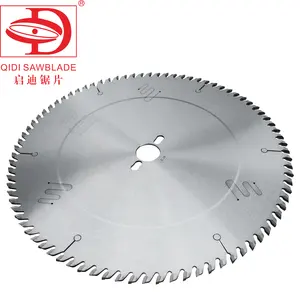














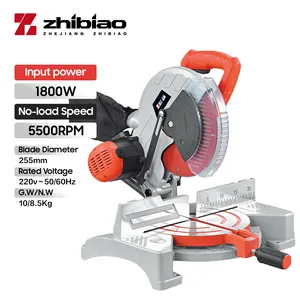
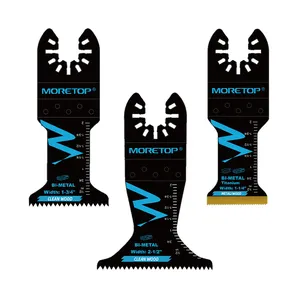


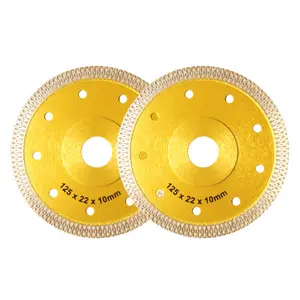






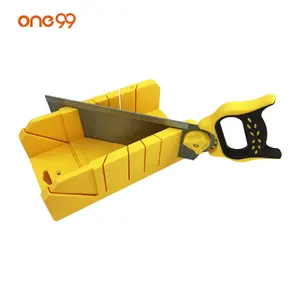



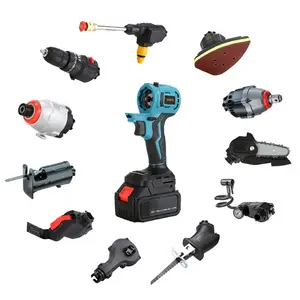













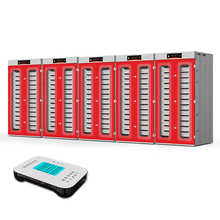







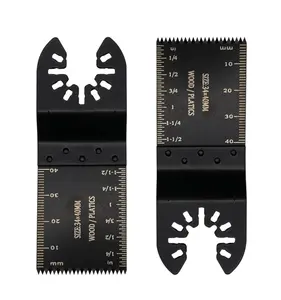
























 浙公网安备 33010002000092号
浙公网安备 33010002000092号 浙B2-20120091-4
浙B2-20120091-4